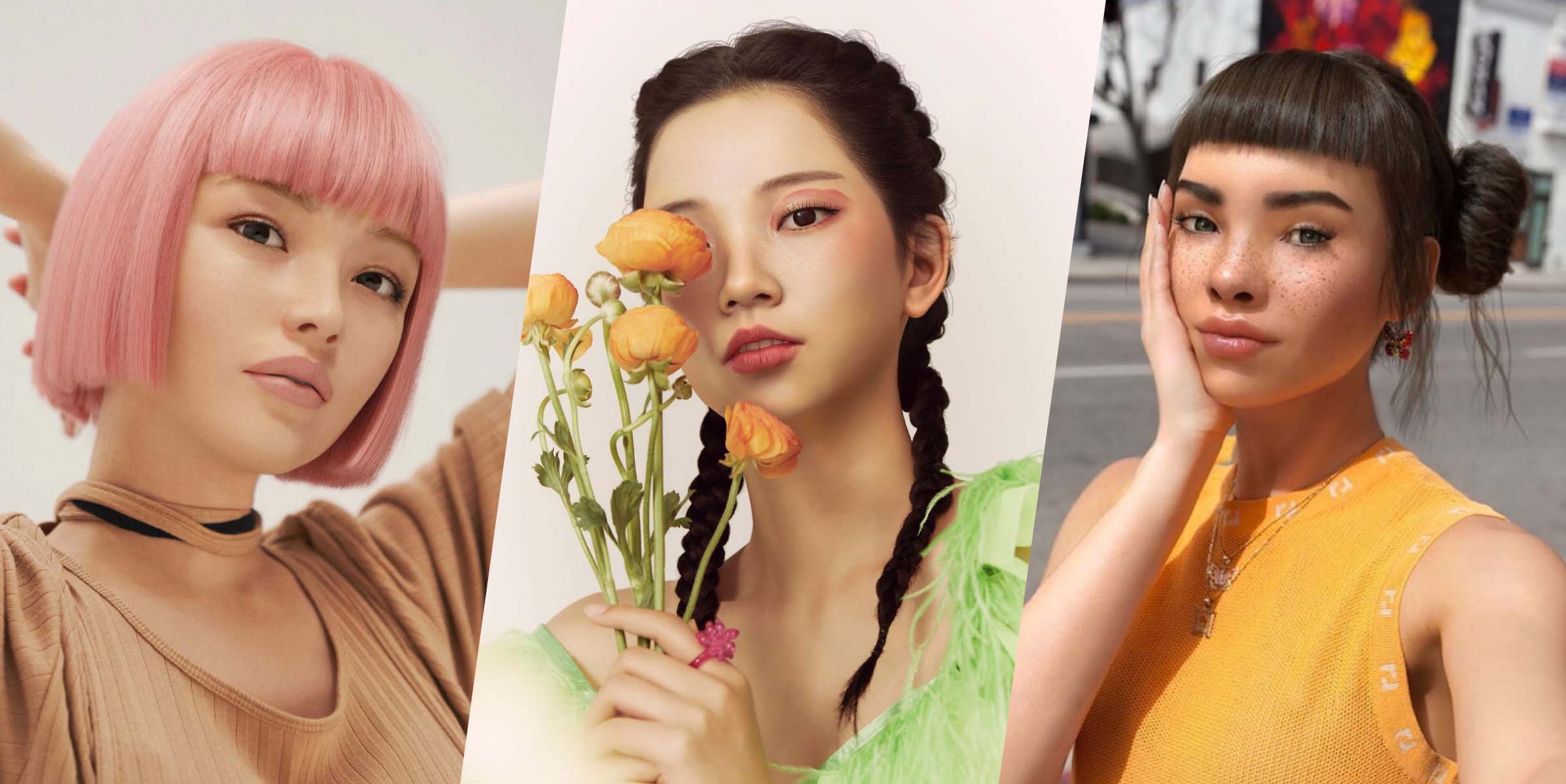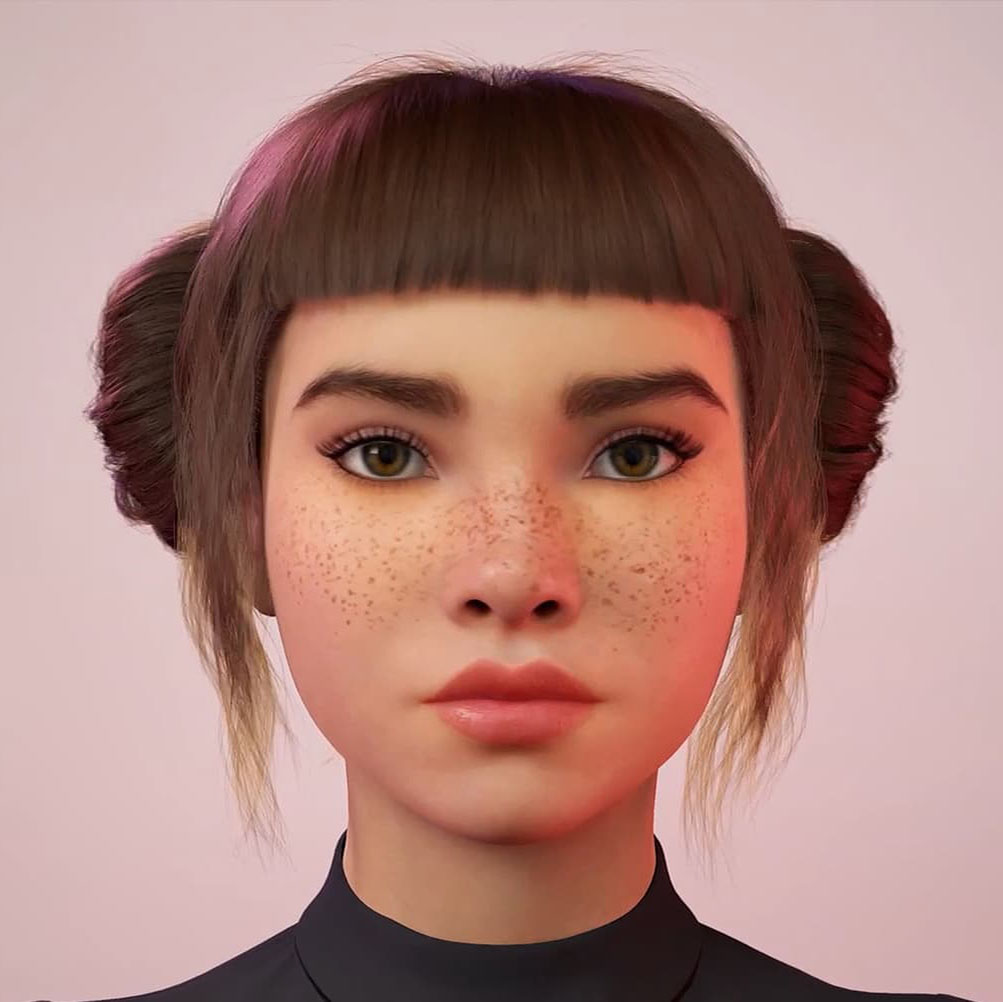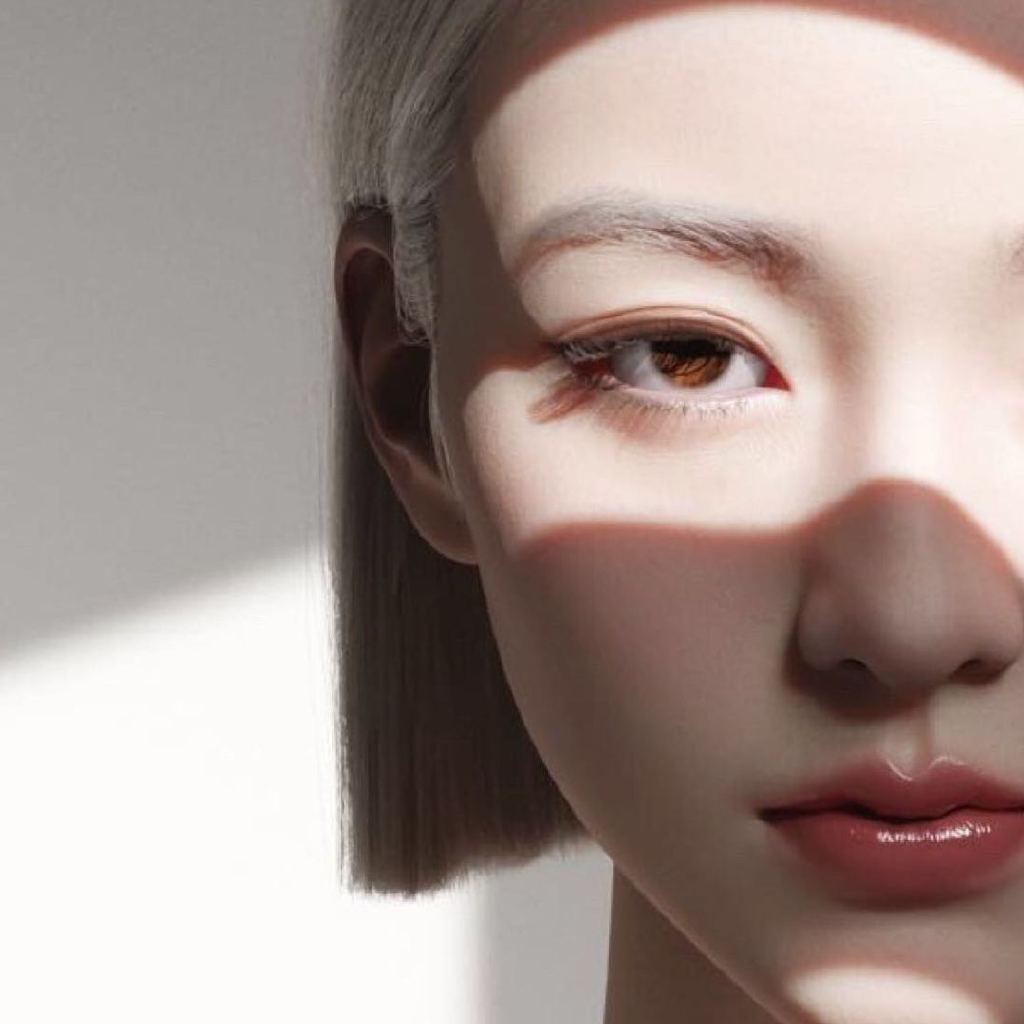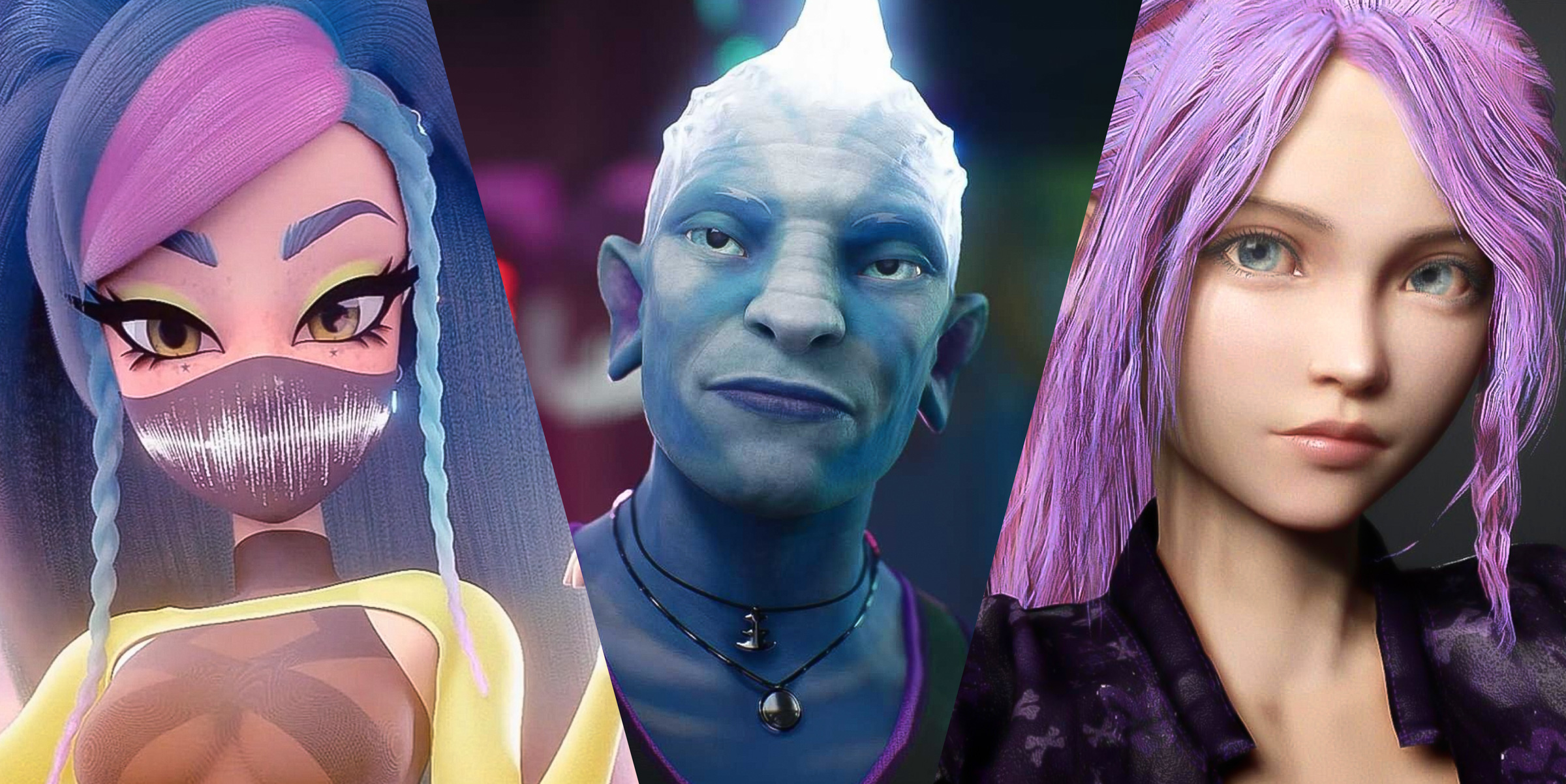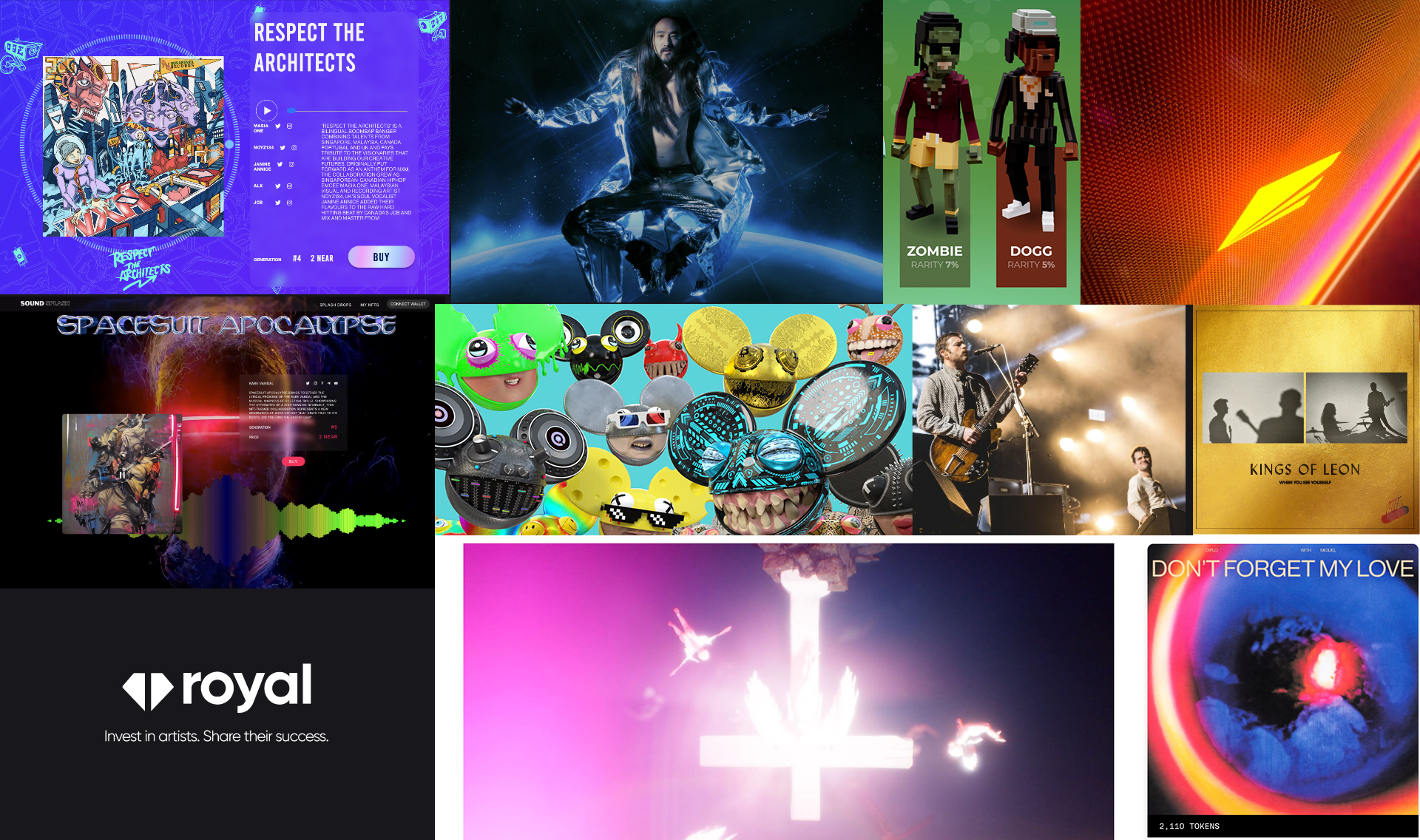On the internet, nobody is human, and the emerging virtual influencer industry capitalizes on this reality
By Christopher Travers, July 22, 2020
Welcome to influencer marketing, a multibillion industry (US$15 billion projected this year) where influencers — from top-tier celebrities and athletes to the wannabees — use their power over dedicated followers to hawk various products from big brands to one of the thousands of Amazon Sellers. While this is no different from your traditional celebrity endorsement, influencer marketing is targeted and more authentic, using acknowledged experts in a niche field as endorsers. And of course, there is the use of social media platforms, instead of just traditional print, TV, or online ads.
But now imagine if a brand opted for a more innovative approach. What if instead of getting a real-life brand ambassador to connect with their community, they elected for a digitally-created personality to engage with their audience? This is the next wave of influencer marketing. Say hello to virtual influencers.
In nowadays, virtual influencers are becoming more commonplace every day, with some even going as far as to earn a verification badge. Virtual influencers spawn from every corner of the world, from Brazil to Korea and more. Surprisingly to some, fans want to be closer to virtual influencers across social media. Even with massive, global followings, virtual influencers experience on average 3x engagement from fans than your typical human influencer.
So who are the most followed names this year? Let’s check them out.
MIQUELA SOUSA
As the first hyperrealistic virtual influencer to achieve mainstream popularity, Miquela has paved the way for brands and virtual influencers alike to succeed in this new, virtual storytelling medium. Her story unfolds on social media, where fans follow her life in L.A. as a 19-year-old robot girl created by Brud. She found fame on Instagram to the tune of 3M+ fans, but now TikTok is her most popular profile, with 3.5M+. On TikTok, Miquela successfully leverages trends by revisiting ‘throwback’ moments, singing duets, and answering questions from her community.
Miquela has appeared in fashion and tech campaigns, crashed a live fashion show, released singles, starred in her own music videos, and dropped NFT artworks.
NOBODY SAUSAGE
If you spend any time swiping the For You page, you’ve likely seen the long, recognizable face of Nobody Sausage. Nobody Sausage, while active on most social platforms, found viral fame as a virtual influencer on TikTok, pushing an impressive 5.5M+ fans.
With each groovy dance move and trend-tapping post, this friendly sausage’s following reaches new heights (as is the name of the game on TikTok). Here’s a 2020 litmus test for you: If the premise of a dancing celebrity sausage confuses you, you may be disconnected from the Gen-Z wavelength. In all, the Nobody Sausage strategy embodies what it means to produce, direct, and grow an engaging, persona-based media presence in 2020.
AYAYI
Ayayi is one of the hyper-realistic virtual KOLs in China. The meticulousness paid to the physical details in each of her posts is mind-blowing. The way light reveals the texture of her skin is unique and makes her look like an actual human. Her looks are always mindfully crafted. Her short blond hair is perfectly stylized for each image, and her emotionless expression is both intimidating and elegant. Ayayi is virtually perfect.
No wonder she is disrupting China’s fashion industry. This thoughtful combination of detailed CGI work and a well-developed life narrative is the key to Ayayi’s successful collaboration with important brands like Eleme or M.A.C.
All these have made virtual influencers more appealing to brands. And many have jumped on the bandwagon. Names such as Samsung, KFC and IKEA have all contracted or built their own virtual influencers to preach their message, attract new followers and engage with their community. And with COVID-19 still raging worldwide, virtual influencers—who are not subject to any physical restrictions—will remain an important marketing tool.
Yet, despite the allure of virtual influencers, issues remain. Questions such as how can a brand create “a human connection” with their community if they use a virtual personality arise. Ethics also come into play when a brand disseminates information using deepfake and AI technology. Where does reality stop and fantasy begin? This has led some to suggest that brands disclose to their followers when they are not interacting with a real person.
Virtual influencers are also guilty of creating a new set of unrealistic beauty standards. While there are digital avatars that have cartoony or anthropomorphic features, most are life-like. It’s bad enough that social media users are constantly exposed to the surgically-enhanced bodies and digitally-altered photos of human influencers, and now comes a new set of digital models with inhumanly perfect features.
However, virtual influencers are here to stay. In a short span of time, they’ve made a strong argument that they are more than just a niche marketing tool and as their popularity and influence grows, they will soon be mainstream. Brands and organizations are not limited by the offer of the KOL market, but can weave their very own narrative. The full power of storytelling can be unleashed and might eventually lead to idealized versions of humans we can look up to or be inspired by.

